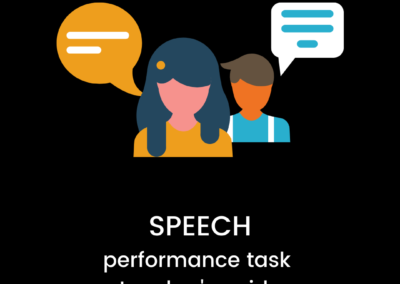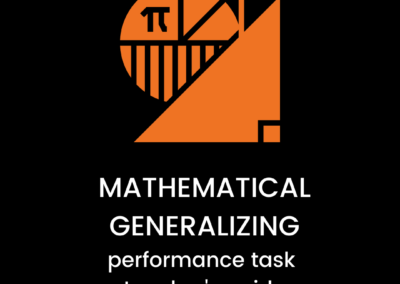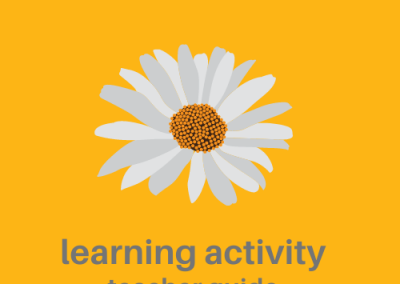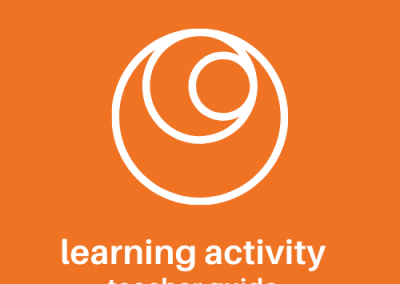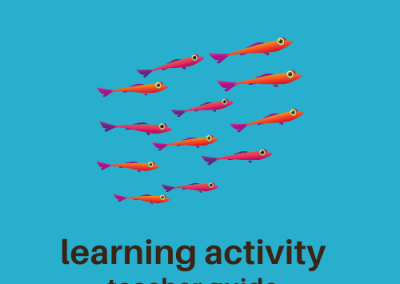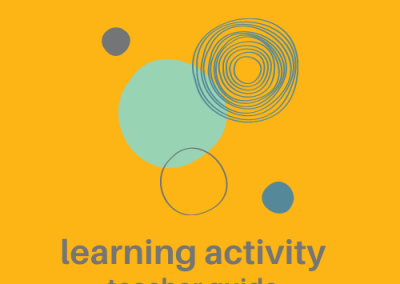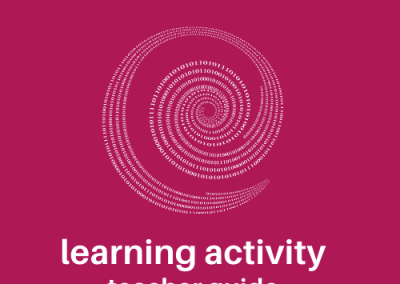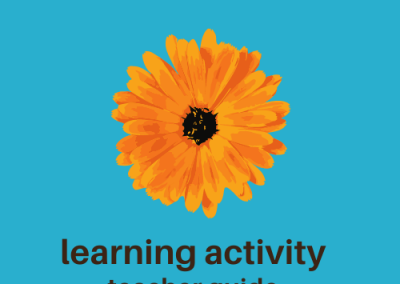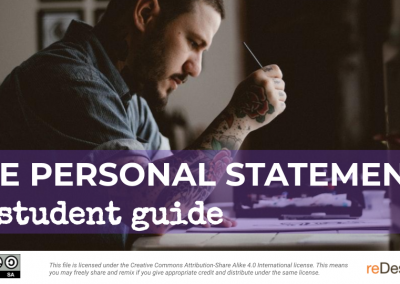One Comment One Question
Preparation
Students read the text prior to the discussion and come to class with a question or comment based on the reading. Encourage students to write questions about challenging sections of the text and comments about interesting points in the text. You may need to model this in a prior lesson . Inform students that these questions/comments will be the basis for discussion so we need them to be great questions/comments. Prepare a sample question and comment to share during the modeling
Activity Steps
1
Introduce One Comment One Question.
Students will work in pairs or small groups to create an anchor chart listing the elements of a great class discussion. Have each group share out and create a whole-class list of those elements.
2
Model One Comment One Question.
Read the sample question/comment about the reading. Begin with a random row or table of students and ask the first person to respond to the question/ comment. The response can answer the question, respond to the comment, or branch out with his/her own question/comment. Continue with one or two additional students. Tell the students the discussion path (e.g., which row will go next). Depending on the sophistication of your students and their readiness for classroom discussions, you may want to allow the path to be random as students decide to enter the conversation.
3
Read and respond to the comments/ questions.
Students continue around the classroom discussing the reading using the questions/comments. Ideally, the teacher is silent during this portion to allow the students to build the discussion independently. There may be awkward moments or lulls in the discussion but giving students ownership over picking that back up will help them build discussion skills.
4
Reflect.
Revisit the class list of elements of a great discussion. As a whole class evaluate the discussion: · Did we do any of these things particularly well? · What evidence do you have? · Are there things on this list we need to work on?
Adaptation forthe Math Classroom
Assigning as homework a portion of a math textbook, a non-routine or open-ended problem, or an online lecture to review and write one question to bring to the class is a valuable tool to assess understanding and interest. Furthermore, it can provide insight into common challenges and strengths.

